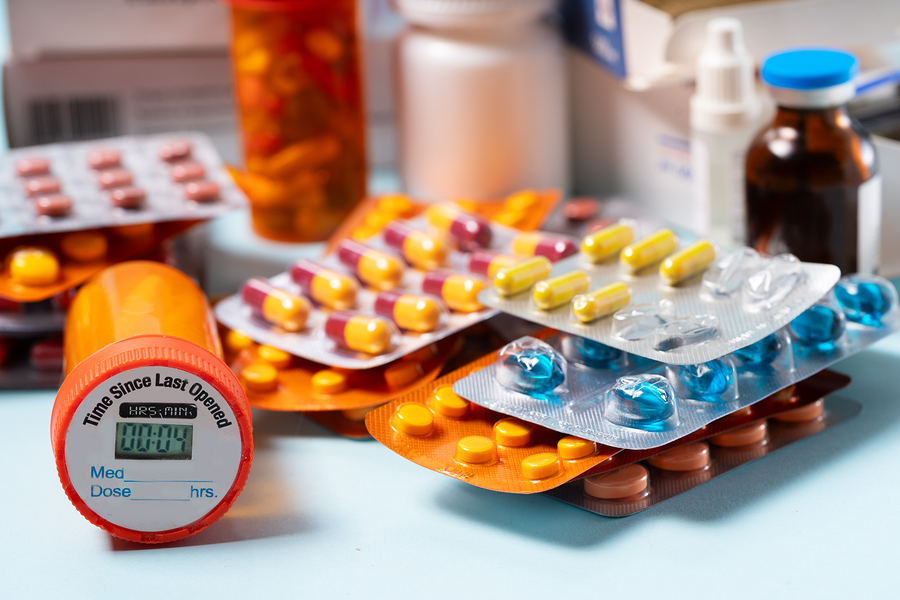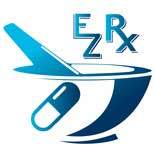These are the most common drug formulations and generally given orally. Solid formulations include
Tablets: These are the most common form of medications. They are made by compressing a granulated powder with the active ingredient and inactive filler ingredients (exccepiants) as the actual amount of active ingredient needed may only be a small quantitie. To help the tablet disintegrate or dissolve when coming in contact with fluid, a tablet is usually coated with a substance such as starch, which is known as excipient.
Enteric Coated Tablets: These tablets do not disintegrate in the acidic medium of the stomach but disintegrate in the intestine, which has an alkaline medium. These tablets should not be crushed and swallowed.
Capsules: Capsules are hard and/or soft. Hard capsules have the drug in solid form while soft capsules can have a semi-solid or liquid form of the medication inside the capsule. Soft capsules contain the drug formulations that are hard to dissolve in water.
Sustained Release Preparations: These drugs are embedded in a relatively inert material to ensure their slow release which allows them to be given less often increasing compliance by patients. . The drug can be coated in multiple layers so that it disintegrates slowly after the release of each layer.
Controlled Release Tablets: These tablets are covered with a semi-permeable membrane and come with a hole. Once the drug enters into the gastrointestinal tract of the patient, water seeps into its hole, causing the release of the drug in a controlled fashion due to the difference in the osmotic pressure.
Solubility and dissolution rate varies with the solid dosage form as the particle size may critically affect the dissolution and absorption rate of a drug. To ensure the consistent bioavailability behavior of the drug, dissolution rate and solubility for various batches of brand-name and generic drugs need to be well controlled and tested to ensure efficacy.



